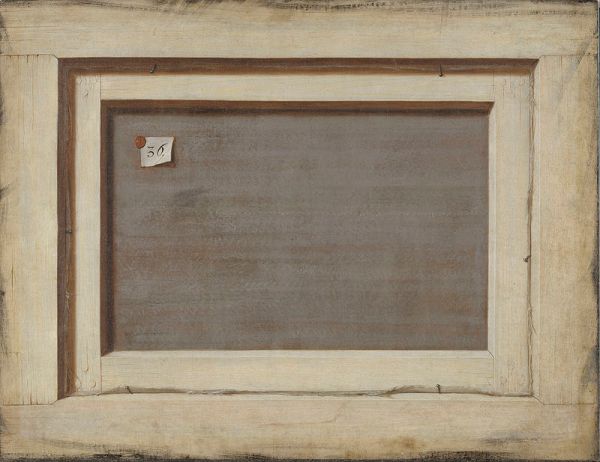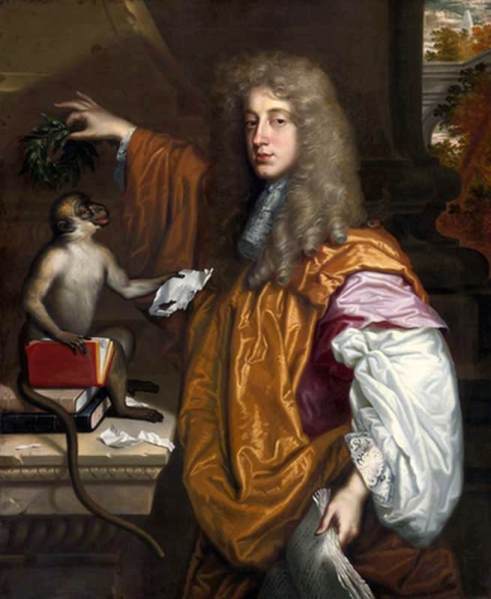They seem to be the same couple as before, the male with the wings, long golden hair, soft feminine face and swirling red cloak, and the female who wears blue and white, the Virgin Mary’s colours.
He looks as if he might be delivering the same message as usual, only this time he’s found her fast asleep outdoors, a gorgeous part of the landscape, lying on her silk drapery, the thin border between luxury and destitution, and clutching an open box, not the little prayer book she used to have.

Cupid and Psyche by Van Dyck, 1639 -40, Oil on canvas. Royal Collection. Image:
She has been drugged.
She looks vulnerable in her nakedness, as if she’s been thrown on to a casting couch, but she is not about to be raped, like so many other beautiful girls in classical myths, by a predatory god.
Though they look the same as Gabriel the Annunciate Angel and Mary, the Virgin Mother, their names are now officially changed to Cupid and Psyche.
Their relationship is still sacred. They love each other, they are married, and have been separated by the jealous conspiracies of other people, including her sisters and mother-in-law. She has been through hell to find her husband.
When Psyche was returned from hell, to the light of the world, she was ravished with great desire, saying, “am not I a fool that, knowing I carry here the divine beauty, I will not take a little thereof to garnish my face, to please my lover withal?”
Immediately she opened the box, but she could perceive no beauty nor anything else save only an infernal and deadly sleep, which immediately invaded all her members as soon as the box was uncovered, in such sort that she fell down on the ground, and lay there as a sleeping corpse.
But Cupid, being now healed of his wound and malady, not able to endure the absence of Psyche, got him secretly out at a window of the chamber where he was enclosed, and (receiving his wings) took his flight towards his loving wife. When he had found her, he wiped away the sleep from her face, and put it again into the box, and awaked her with the tip of one of his arrows…. (extract from Book VI of The Golden Ass by Apuleius, an African platonist philosopher of the 2nd century AD, translated from Latin in 1566)
Psyche has been on a torturous journey of self-discovery and now lives happily ever after, body and soul, physical desires and instinctual feelings at last united with thoughts, reason and conscience.
There was no market for Annunciations in England, or Wales and Scotland, after the Protestant Reformation. The conventions and motifs of religious painting were incorporated into secular courtly art. The cult of the Virgin Mary, harder to eradicate than respect for papal authority, had been adopted by the newly crowned Elizabeth I. Charles I, by taste and temperament drawn to the Roman Catholic symbolism of European Baroque, commissioned Rubens to depict his father, James I, as an Old Testament patriarch looking down from the ceiling of the Banqueting House. Van Dyck transformed Charles I himself into a Christ-like figure, prefiguring the king’s martyrdom on the scaffold.
The Virgin continued to appear, sometimes in surprising incarnations….

 Federico Fiori Barocci, Annunciation
Federico Fiori Barocci, Annunciation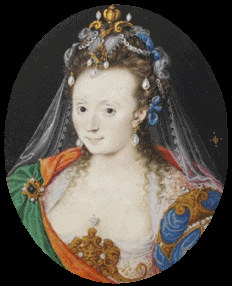 Unknown woman in masque costume, miniature by Isaac Oliver, 1609. Image: Wikipedia
Unknown woman in masque costume, miniature by Isaac Oliver, 1609. Image: Wikipedia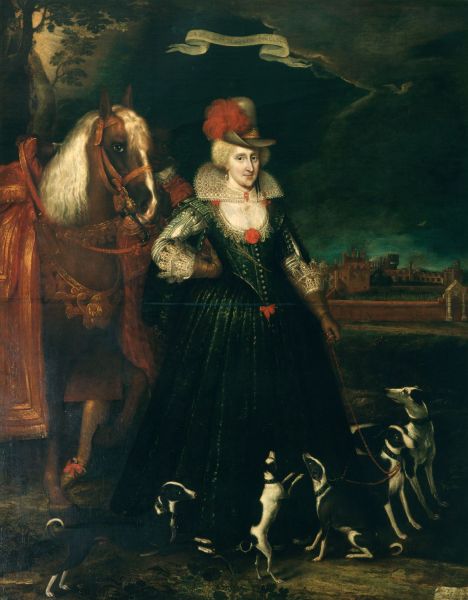
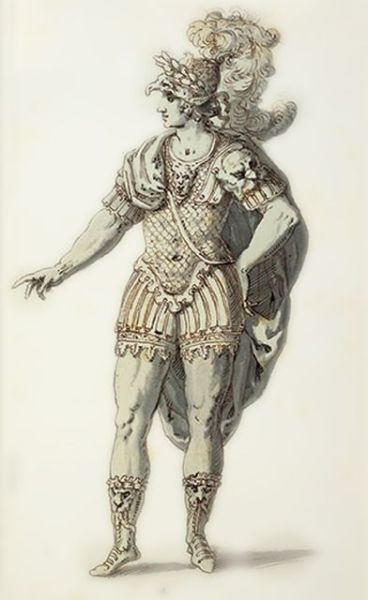
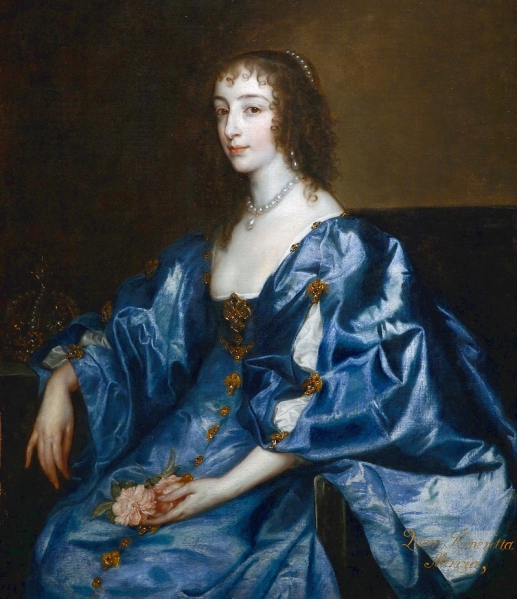
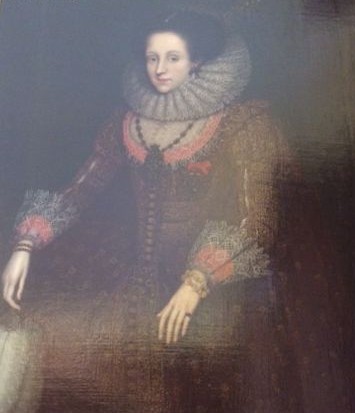
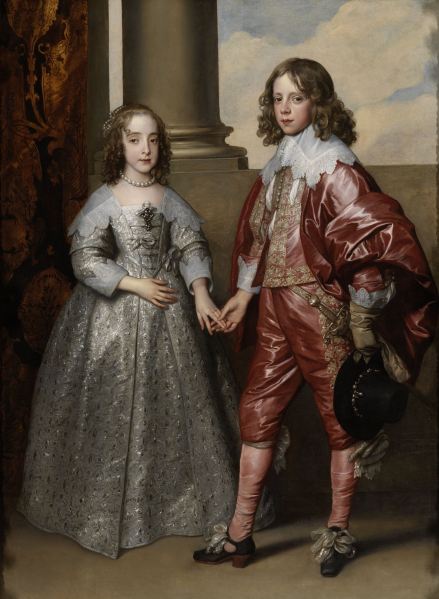





 Edward Collier, Trompe l’oeil with writing materials, ca. 1702, oil on canvas. Victoria and Albert Museum.
Edward Collier, Trompe l’oeil with writing materials, ca. 1702, oil on canvas. Victoria and Albert Museum.
